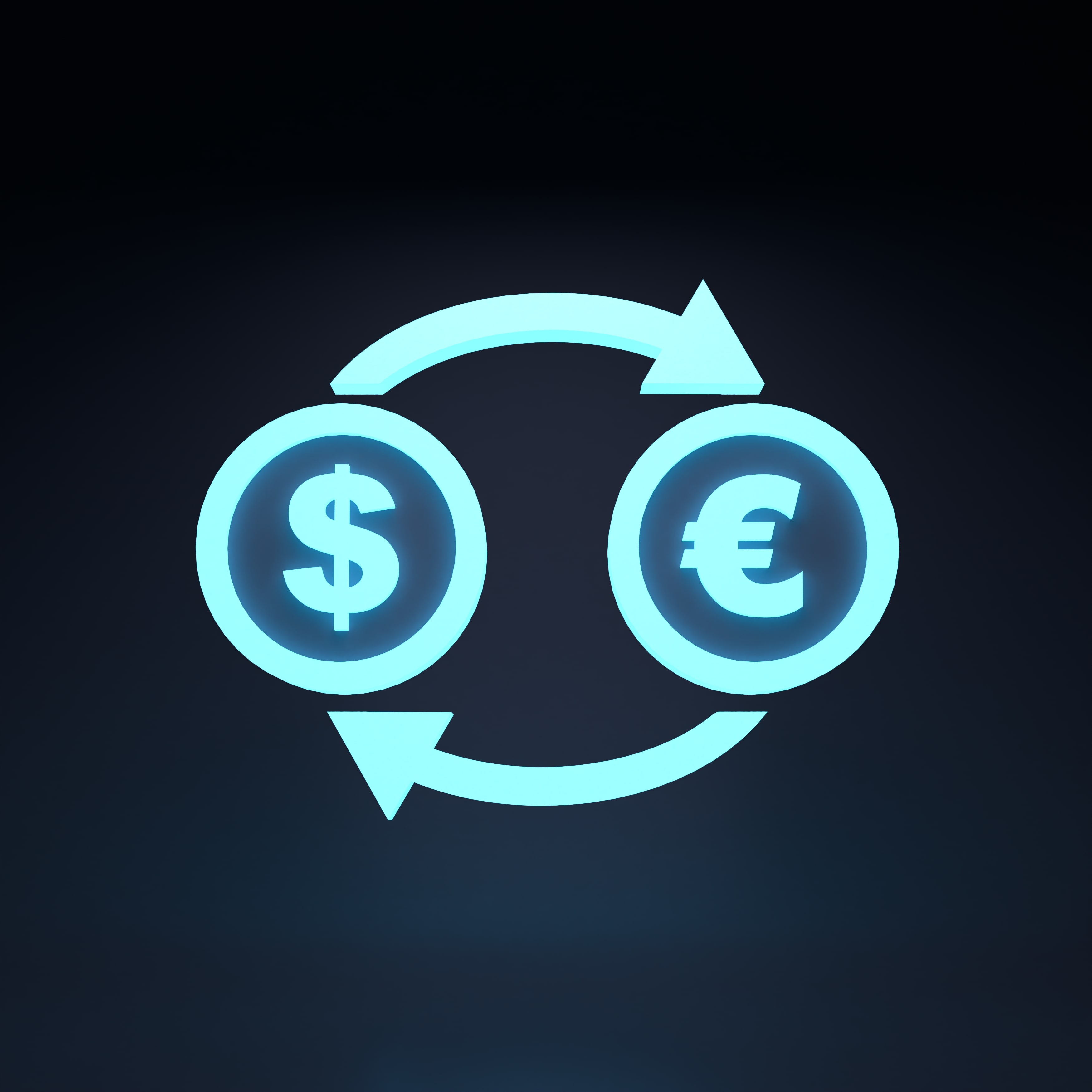What Is DeFi ?
In the world of finance, there are a lot of acronyms and terminology that can be confusing for those who are not familiar with it. DEFI is one such term. DEFI is an acronym that stands for Decentralized Finance, which is a movement to decentralize traditional financial products and services. DEFI encompasses a wide range of financial products that are built on blockchain technology and are designed to be decentralized. This includes everything from peer-to-peer lending to decentralized exchanges. If you're interested in exploring the world of Decentralized Finance, or DeFi, then this is the blog post for you! In this post, we will DeFine DeFi and explore some of its key components. We will also look at some of the challenges that DeFi faces and how it is evolving. So without further ado, let's dive into what DeFi is all about!
What Is DeFi ?
DeFi, or decentralized finance, is a catch-all term for financial applications that run on decentralized protocols. In other words, DeFi apps are built on Ethereum and other blockchain platforms that enable users to interact with each other without the need for intermediaries
Applications in the DeFi space include lending and borrowing platforms, stablecoins, tokenized BTC, trading platforms, and more. By using smart contracts, DeFi apps can automate many financial processes and remove the need for centralized middlemen.
What Is Centralized Finance ?
Centralized finance (CeFi) refers to traditional financial products and services that are provided by centralized institutions. These institutions typically have a central point of control, which makes them vulnerable to hacks and other security risks.
CeFi products include fiat currencies, traditional stocks and bonds, and centralized exchanges. In contrast to DeFi, CeFi apps are not built on decentralized protocols and typically require KYC/AML verification.
Centralized Finance vs. DeFi: Key Differences
The key difference is that DeFi applications are built on decentralized protocols, while CeFi applications are provided by centralized institutions. By using decentralized infrastructure, DeFi apps can offer users greater security, transparency, and autonomy. However, CeFi still has its advantages, such as regulatory compliance and customer support.
It’s also worth noting that many DeFi projects are still in their early stages and are not yet as mature as CeFi products. As the DeFi space matures, we can expect to see more feature-rich DeFi applications that offer a better user experience.
DeFi apps are built on decentralized protocols, while CeFi apps are provided by centralized institutions.
DeFi offers greater security, transparency, and autonomy, but CeFi still has its advantages, such as regulatory compliance and customer support.
Many DeFi projects are still in their early stages and are not yet as mature as CeFi products. As the DeFi space matures, we can expect to see more feature-rich DeFi applications that offer a better user experience.
How Does DeFi Work ?
DeFi apps are built on decentralized protocols, which means they run on a network of computers rather than a single server. This makes DeFi apps more resistant to hacks and other security risks.
Decentralized protocols also offer users greater transparency, since all data is stored on a public blockchain. And because there is no need for intermediaries, DeFi apps can offer users more autonomy.
To use a DeFi app, you’ll need to connect your wallet to the app with an Ethereum smart contract. Once connected, you’ll be able to access the app’s features and start interacting with other users.
For example, let’s say you want to borrow some ETH from a lending platform. You would first connect your wallet to the platform, and then you would deposit some collateral (usually in the form of another cryptocurrency).
Once the loan is funded, you’ll be able to use the ETH you borrowed. And when you repay the loan, your collateral will be returned to you.
If you default on the loan, however, your collateral will be sold to cover the debt. This mechanism is known as “liquidation” and it helps to ensure that lenders are repaid if borrowers default on their loans.
Uses of DeFi
DeFi applications can be used for a wide variety of purposes, including lending and borrowing, stablecoins, tokenized BTC, trading platforms, and more.
Lending and Borrowing Platforms
One of the most popular use cases for DeFi is lending and borrowing platforms. These platforms enable users to lend or borrow digital assets using smart contracts.
For example, let’s say you have some ETH that you want to lend out. You could deposit your ETH into a lending platform, and then other users would be able to borrow it. In return for lending out your ETH, you would earn interest on the loan.
Similarly, if you need to borrow some ETH, you could use a lending platform to do so. You would deposit collateral, and then you would be able to borrow the ETH you need.
Lending and borrowing platforms are a popular use case for DeFi because they offer users a way to earn interest on their digital assets. They also provide an alternative to traditional banking products, such as loans and savings accounts.
Stablecoins:
Another popular use case for DeFi is stablecoins. Stablecoins are digital assets that are pegged to a fiat currency, such as the US dollar. This peg ensures that the value of the stablecoin remains stable, even when the prices of other cryptocurrencies fluctuate.
One of the most popular stablecoins is MakerDAO’s DAI, which is pegged to the US dollar. DAI can be used in any DeFi application that supports Ethereum, making it a popular choice for users who want to use DeFi applications but don’t want to deal with the volatility of other cryptocurrencies.
Tokenized BTC:
Another use case for DeFi is tokenized BTC. Tokenized BTC is a digital asset that represents a certain amount of BTC. These tokens can be used in any DeFi application that supports Ethereum, making them a convenient way to use BTC in DeFi.
One popular platform for tokenizing BTC is Wrapped Bitcoin (WBTC). WBTC is an ERC20 token that is backed by real BTC. This means that each WBTC token is backed by 1 BTC, which is stored in a secure custody account.
WBTC can be used in any DeFi application that supports ERC20 tokens, making it a convenient way to use BTC in DeFi.
Trading Platforms
DeFi applications can also be used to build trading platforms. These platforms enable users to trade digital assets using smart contracts.
One popular platform for trading digital assets is 0x Protocol (ZRX). ZRX is an open-source protocol that enables the decentralized exchange of ERC20 tokens. This makes it possible to trade any ERC20 token on a ZRX-compatible platform.
Another popular platform for trading digital assets is Kyber Network (KNC). KNC is a decentralized exchange that enables the instant exchange of digital assets. Kyber Network is integrated with a number of popular wallets and applications, making it easy to use.














